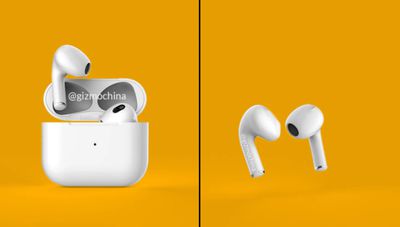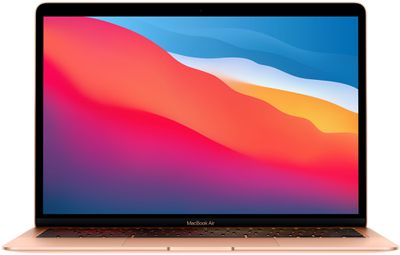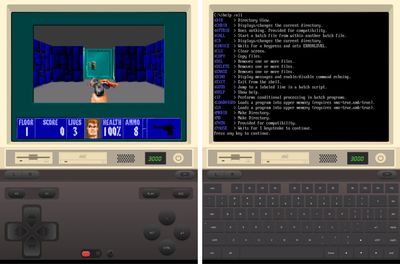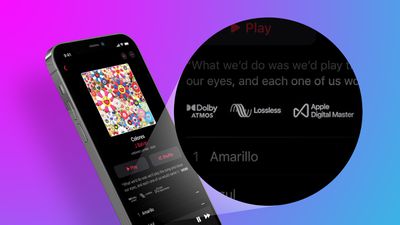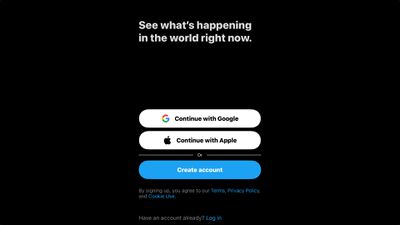Apple's MacBook Pro and MacBook Air lineup is seeing all-time low discounts across the board today, including the 2019 16-inch MacBook Pro, 2020 13-inch MacBook Air, and 2020 13-inch MacBook Pro.
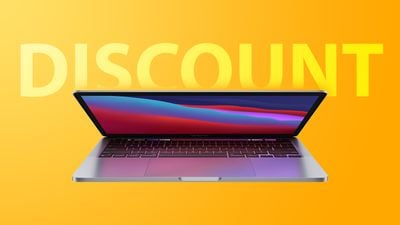 Note: MacRumors is an affiliate partner with some of these vendors. When you click a link and make a purchase, we may receive a small payment, which helps us keep the site running.
Note: MacRumors is an affiliate partner with some of these vendors. When you click a link and make a purchase, we may receive a small payment, which helps us keep the site running.
13-Inch M1 MacBook Air
Starting with the 2020 M1 13-inch MacBook Air, Amazon has the 256GB notebook for $899.00, down from $999.00. This price is available in all three colors of Gold, Silver, and Space Gray, but stock is dwindling on the latter two options.
Additionally, Amazon is also selling the 512GB M1 MacBook Air at $1,099.00, down from $1,249.00. Both of these discounts represent all-time low prices, and they're shipped and sold directly from Amazon.
13-Inch M1 MacBook Pro
For the newest MacBook Pro models, Amazon has lowest ever prices on the new 2020 M1 13-inch MacBook Pro. You can get the 256GB notebook for $1,099.99, down from $1,299.00, in both Silver and Space Gray.
For more storage, the 512GB M1 MacBook Pro is on sale for $1,299.99, down from $1,499.00. This model is also available in both Silver and Space Gray at this price.
16-Inch MacBook Pro
Moving to the 16-inch MacBook Pro, we're tracking record low prices on both storage options for this 2019 notebook. You can get the 512GB model for $1,999.99, down from $2,399.00. This sale is available in both Silver and Space Gray color options.
The 1TB 16-inch MacBook Pro is on sale for $2,299.99, down from $2,799.00. Like the other model, this is an all-time low price, but it's only available in Silver. Both notebooks are sold by Amazon and are ready to ship today.
You can find even more discounts on other MacBooks by visiting our Best Deals guide for MacBook Pro and MacBook Air. In this guide we track the steepest discounts for the newest MacBook models every week, so be sure to bookmark it and check back often if you're shopping for a new Apple notebook.


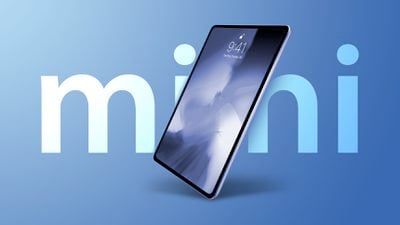
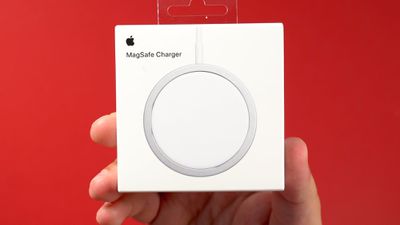 Note: MacRumors is an affiliate partner with some of these vendors. When you click a link and make a purchase, we may receive a small payment, which helps us keep the site running.
Note: MacRumors is an affiliate partner with some of these vendors. When you click a link and make a purchase, we may receive a small payment, which helps us keep the site running.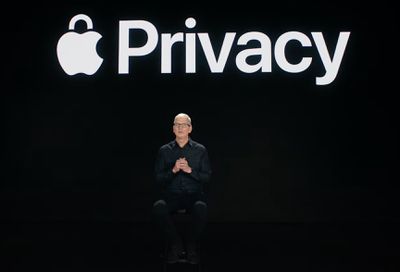
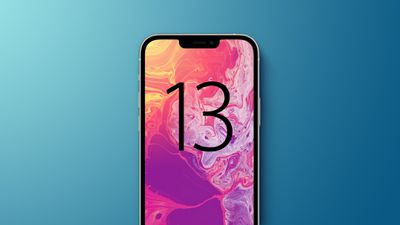
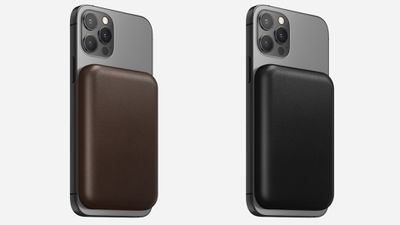
 Note: MacRumors is an affiliate partner with Amazon. When you click a link and make a purchase, we may receive a small payment, which helps us keep the site running.
Note: MacRumors is an affiliate partner with Amazon. When you click a link and make a purchase, we may receive a small payment, which helps us keep the site running.
